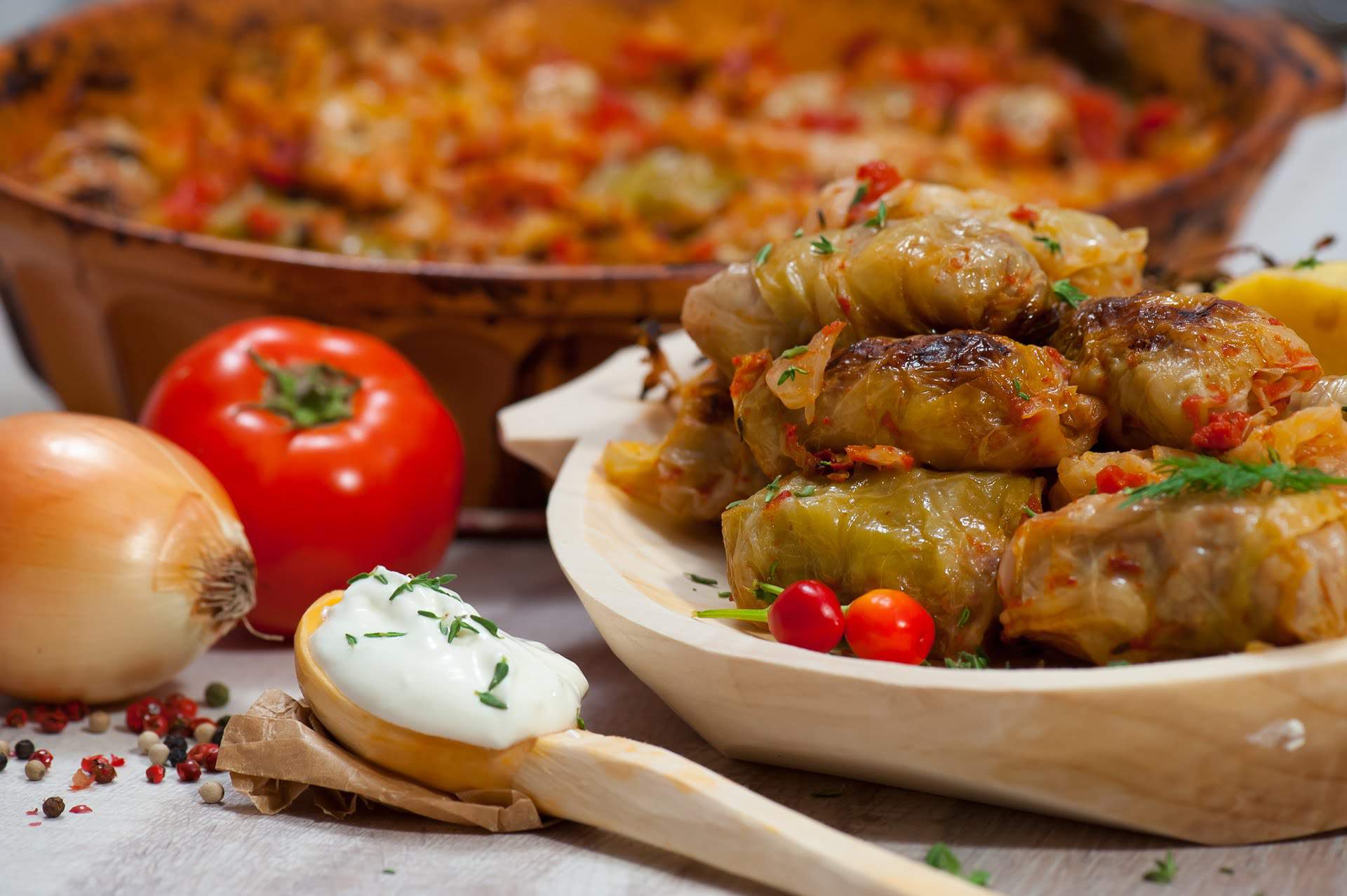What Hungarians eat for Christmas – Recipe VIDEOS
The most wonderful time of the year is just around the corner, so it is time to talk about our favourite Christmas dishes. Here is a list of the most common traditional meals consumed by Hungarian families on 24, 25, and 26 December.
For the recipes, I included Kitchen Paprikash’s recipe videos. Kitchen Paprikash is a YouTube channel dedicated to Hungarian cuisine and showing people how to make delicious Hungarian meals (in English).
The perfect starter, Fisherman’s soup
Fish is the inevitable element of every Hungarian Christmas table. According to Hungarian folklore, fish-scale symbolises wealth, and if you are eating fish, your family will move forward in the next year as quickly as fish swim in the water. It is probable that you’ll find fisherman’s soup on the Christmas menu in almost all Hungarian households. Fisherman’s soup is a paprika-based fish soup, usually prepared by using carp, catfish, or pike with a variety of vegetables. Gourmets might know that certain regions make fisherman’s soup quite differently in Hungary, and they all believe that their version is the original one.
Stuffed cabbage
Hungarians have been eating stuffed cabbage for Christmas for centuries. The ancestor of the stuffed cabbage was cabbage-meat in Hungarian cuisine. The dish spread in the Balkans and Hungary in the 17h-18th century. The Szakácsmesterségek cookbook from 1695 featured two versions. One of them was the cabbage from Kolozsvár (Cluj-Napoca) which called for goose or hen meat, while the other stuffed cabbage recipe called for “cow meat” and ginger.
The recipe of stuffed cabbage went through a lot of change throughout history, and it still remains one of those meals with plenty of variations. Every family makes it differently, with different secret ingredients. Interestingly, the dish’s popularity remained unchanged over time.
Bejgli
Beijgli is one of the most well-known and most popular traditional Hungarian Christmas cakes. Bejgli is often referred to as walnut roll or poppy seed roll in English. The recipe arrived in Hungary around the 19th century, and it shows Silesian and Armenian ancestry. The traditional versions are filled with walnut or poppy seed fillings, but nowadays, it is becoming popular to bake bejgli with cherry-poppy seed, plum-chestnut, apple-poppy seed and cabbage fillings. The original fillings carry symbolic meanings: walnut provided protection against hexes, while poppy seeds brought prosperity.
Zserbó
Zserbó is another popular Hungarian dessert. It was invented by Emil Gerbeaud, a confectioner in Budapest of Swiss ancestry, although its origin is still a matter of discussion. The sheets of shortbread pastry are filled with a mixture of apricot jam and ground walnut and topped with chocolate. Zserbó is popular both at Christmas time and Easter.
I tried to include in this article what I believe are the most often made Christmas meals in Hungary. This article is based on my own experiences and the Hungarian families that I know. If you think I left out something crucial, please feel free to tell me in the comment section, and let’s talk about what we all like eating during the festivity of love.
Source: Daily News Hungary, YouTube
please make a donation here
Hot news
Minister: Hungary will protect its territory by every means possible
Orbán cabinet may double airspace fee: another ticket price increase?
Hungary expanding the list of prohibited designer drugs
Hungarian minister: Ukraine ‘blackmailing’ Hungary and pro-peace states
Cocaine found on a Greek bus at southern border of Hungary
NCIS star arrived in Budapest: spin-off filming started





2 Comments
No Christmas would be the same for me without my moms hókifli’s! With the usual fillings of corse!
Mákos guba, rántott hal, rántott hús, hús leves